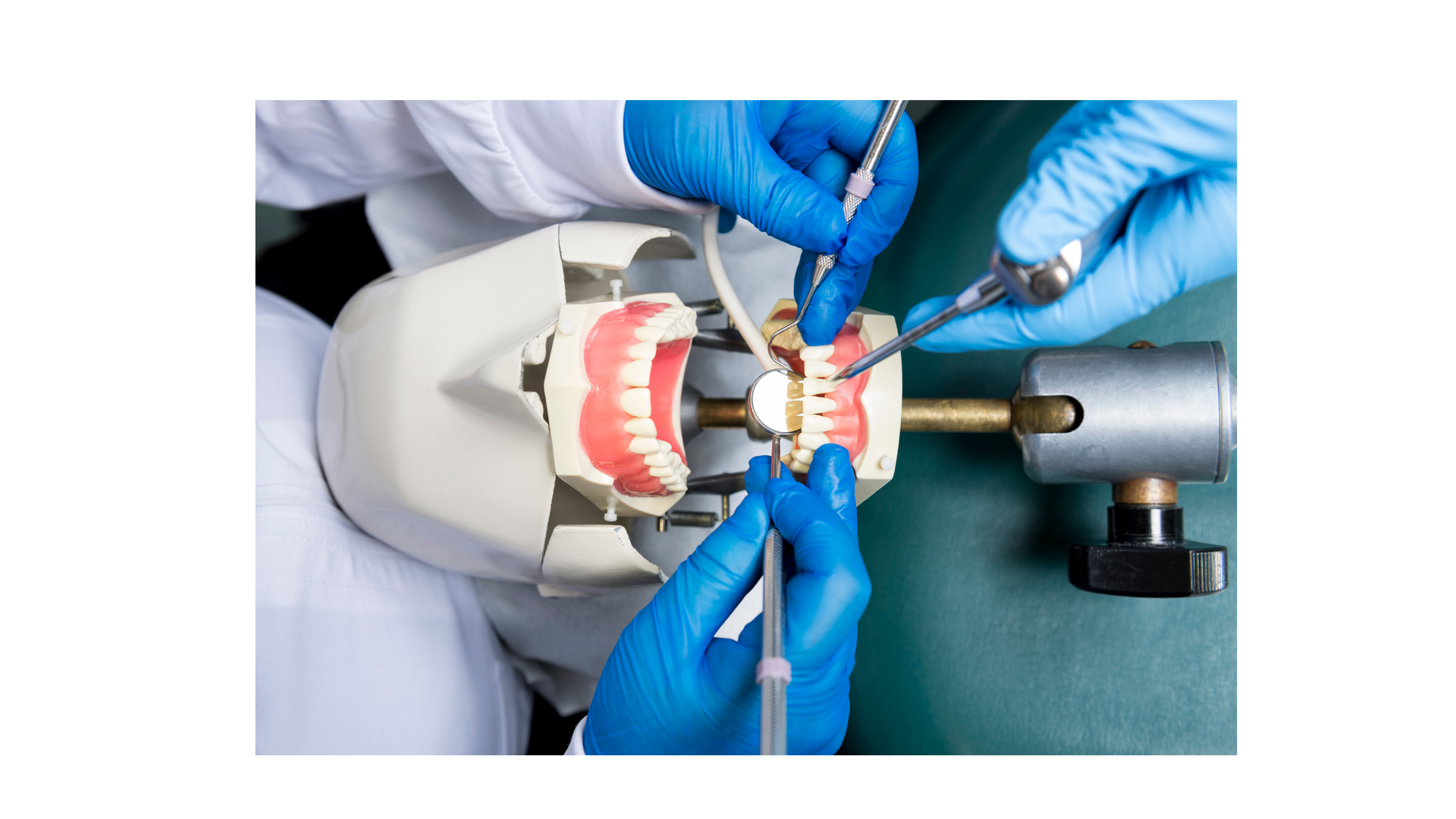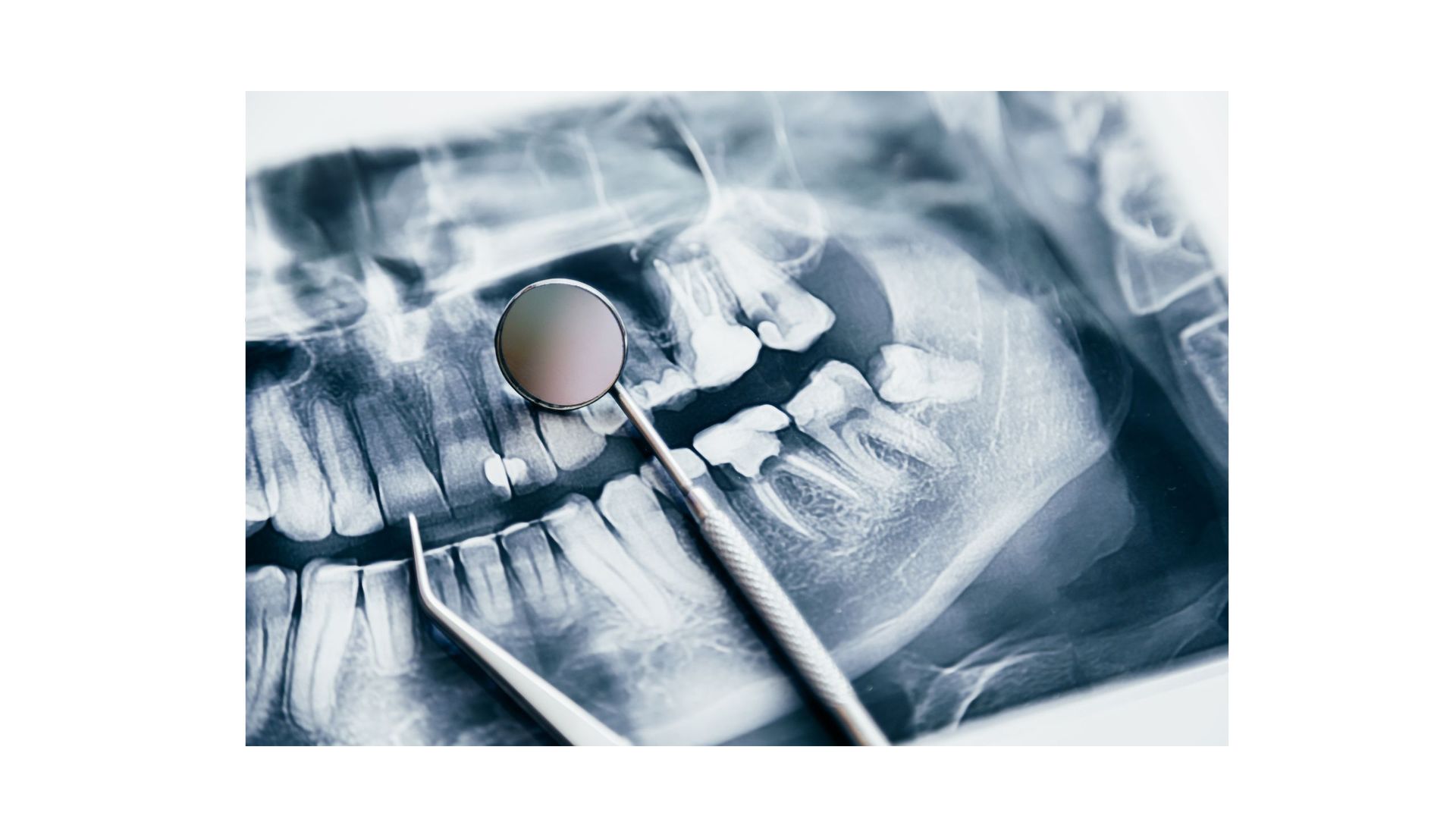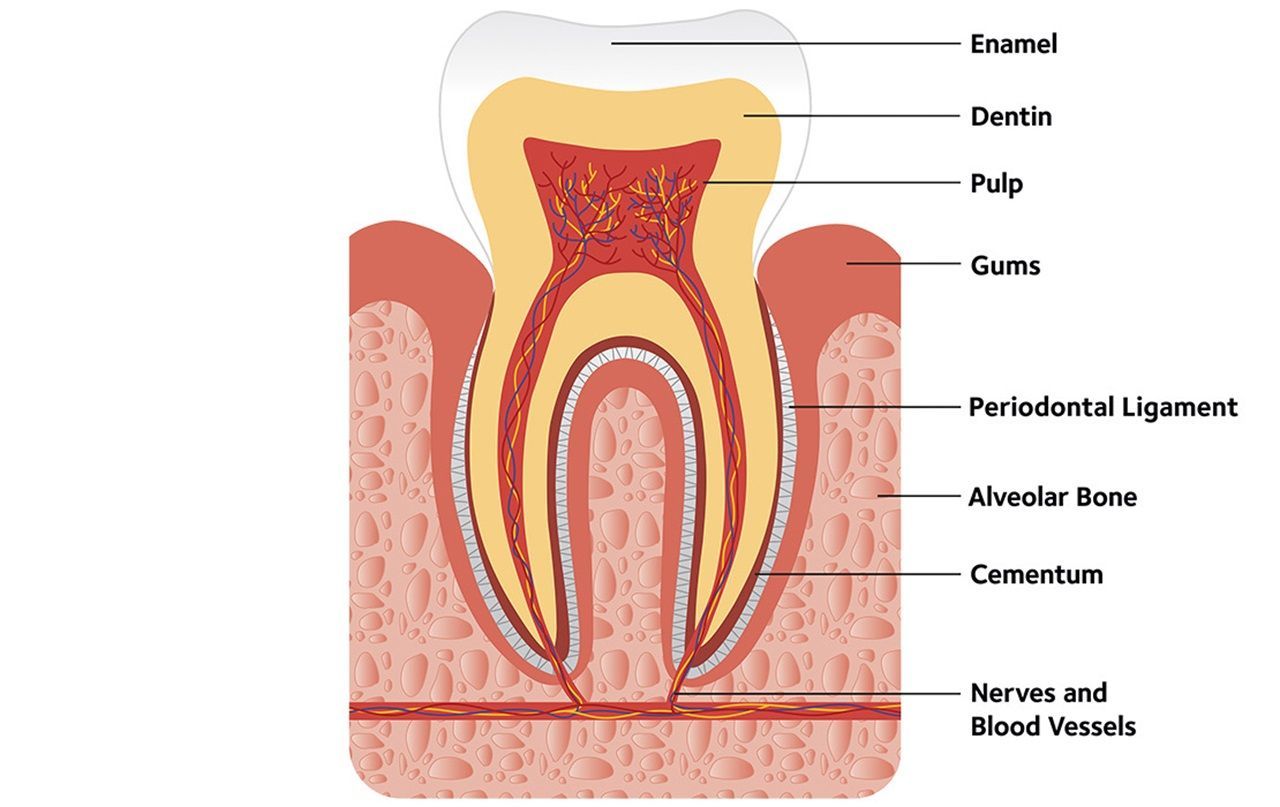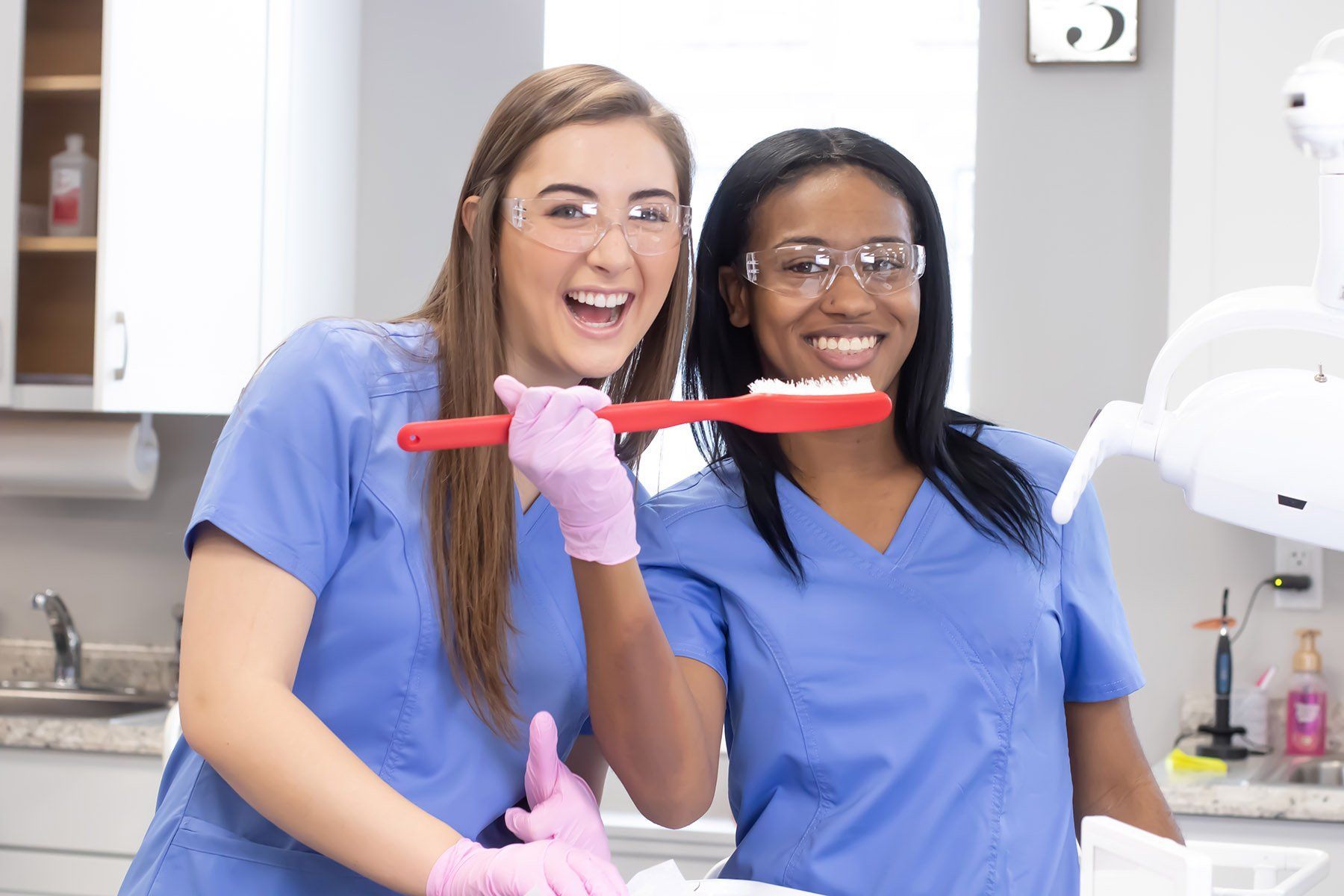Copy of Austin Chairside Dental Assistant: Everything You Need to Know
Do you want to learn more about the role of a chairside dental assistant in Austin, Texas?

OceanPointe Austin Dental Assistant: Everything You Need to Know
Are you interested in a career as a dental assistant? Do you want to learn more about the role of a chairside dental assistant? If so, you have come to the right place. In this article, we will provide an overview of the responsibilities of an OceanPointe Chairside Dental Assistant, the educational requirements for the position, and the benefits of pursuing a career in dental assisting.
What is an OceanPointe Austin Dental Assistant?
A chairside dental assistant is a healthcare professional who works closely with dentists to ensure the efficient and effective delivery of dental care to patients. An OceanPointe Dental Assistant performs a wide range of duties, including preparing treatment rooms, sterilizing dental instruments, assisting with patient care, and performing administrative tasks.
Responsibilities of an OceanPointe Dental Assistant
An OceanPointe Dental Assistant has a broad range of responsibilities that help to ensure the smooth operation of a dental practice. Some of the key duties of a chairside dental assistant include:
Preparing treatment rooms
An OceanPointe Dental Assistant is responsible for preparing treatment rooms before patients arrive. This includes cleaning and disinfecting surfaces, setting up equipment, and ensuring that everything is organized and ready for the dentist to use.
Sterilizing dental instruments
An OceanPointe Austin Chairside Dental Assistant is responsible for ensuring that all dental instruments are sterilized and ready for use. This is a critical part of preventing the spread of infection and disease in a dental practice.
Assisting with patient care
An OceanPointe Dental Assistant works closely with the dentist to provide high-quality care to patients. This includes assisting with procedures, taking X-rays, and providing education to patients about oral health.
Performing administrative tasks
An OceanPointe Dental Assistant is responsible for performing a wide range of administrative tasks, such as scheduling appointments, maintaining patient records, and handling billing and insurance claims.
Educational Requirements for an OceanPointe Dallas Chairside Dental Assistant
Becoming an OceanPointe Austin Chairside Dental Assistant typically requires completing a dental assisting program at a vocational school, community college, or university. These programs typically take between nine months and two years to complete and cover topics such as dental anatomy, dental materials, infection control, and radiology.
However, OceanPointe’s Dental Assistant Program takes only 10 weeks to complete!
Benefits of Pursuing a Career as an OceanPointe Austin Dental Assistant
There are many benefits to pursuing a career as an OceanPointe Austin Chairside Dental Assistant. Some of the key advantages of this career include:
Job security
Dental assistants are in high demand, with the Bureau of Labor Statistics projecting a 7% increase in employment between 2024 and 2030. This means that there are many opportunities for individuals who want to pursue a career as a chairside dental assistant.
Competitive salary
Most dental practices offer good pay and benefits.
Opportunities for advancement
Dental assistants may have opportunities to advance their careers by obtaining additional certifications, pursuing continuing education, or becoming office managers.
Flexibility
Many dental practices offer flexible scheduling options, making it possible for individuals to balance work with other responsibilities such as family or education.




CONTACT INFORMATION
Phone:512-417-3753
Email: www.oceanpointedaacademyaustin@gmail.com
Address:4407 Menchaca Road Austin, TX 78745
SCHOOL ADDRESS
All Rights Reserved | OceanPointe DA
Academy of Austin
